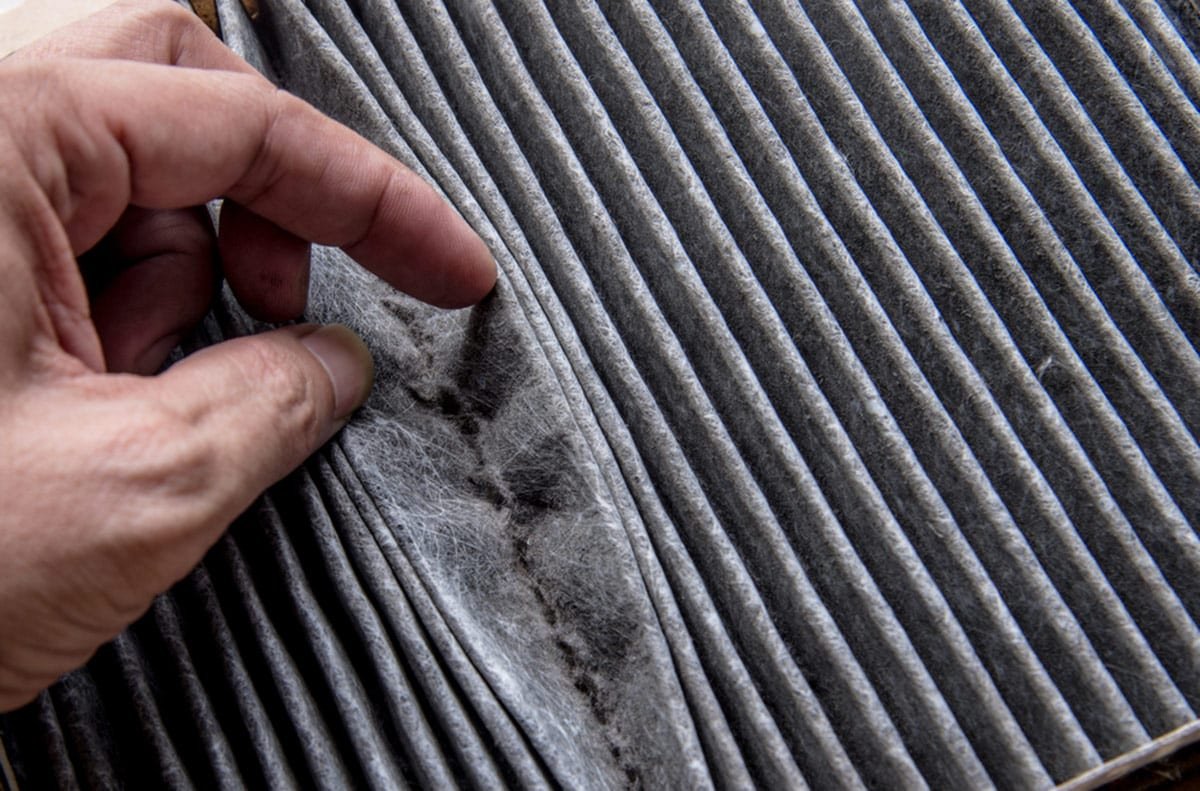How to maintain your central air conditioner? As the weather warms, many of us think about our air conditioners. For some of us, that means turning on the AC for the first time in months. For others, it may mean ensuring everything is in working order before cranking up the cool air.
Either way, we want our ACs to work efficiently and last as long as possible. With a bit of preventative maintenance, you can prolong your AC unit’s life and save money on repairs in the future.
Shut Off the Power
It’s crucial to shut off power to the air conditioner because of the risks associated with operating near electrical and moving elements of the appliance. Search for an outside shut-off box on the exterior compressor/condenser close to the unit. Additionally, shut off the electricity at the interior breaker box.
Remove and Clean the Fan Cage
The fan cage will be located on top of the unit and hold the blower blades. Remove any dirt or debris from the blades with a stiff brush. If the blades are bent, you can try to carefully straighten them with pliers.
Clean the Fins
The fins on your AC unit can easily become clogged with dirt and dust. Use a soft brush or vacuum attachment to clean them off. Be careful not to bend the fins, as this can damage the unit.
Using a garden hose, spray a gentle stream of water in between the fins to remove any stubborn dirt. You can also use a fin-cleaning brush for this step.
Clean the Coils
The coils on your AC unit can become dirty over time, which can affect its efficiency. Using a soft brush or vacuum attachment, gently clean the coils. You can also use a coil-cleaning brush for this step.
You may need to use a cleaning solution if the coils are dirty. Be sure to follow the manufacturer’s instructions when using any cleaners.
Clear Debris Around the Unit
After cleaning is complete, reinstall the fan cage. To maintain optimal airflow around the unit, rake back leaves and trash from around the condenser and trim back branches and plants at least two feet in all directions. It’s a good idea to cover the top of the condenser with a piece of plastic or plywood during the winter months when the unit is not in use to prevent debris from falling in.
Don’t completely enclose the sides of the appliance, however, since corrosion might result from moisture accumulation inside. Additionally, a completely covered unit makes it easier for pests to nest there. When the device is in use, remove any covering.
Level the Central AC Unit
An unlevel air conditioner can cause the compressor to overheat, which can shorten its lifespan. To check if your unit is level, put a level on top of the air conditioner and check if it is balanced.
If it’s not level, you can try to adjust it yourself by gently lifting or lowering one side of the unit until it is level. If you can’t get it level or are unsure how to proceed, it’s best to call a professional for assistance.
Inspect and Clean Evaporator Drain
The evaporator drain is located inside the unit and helps remove water that condenses on the coils. Over time, this drain can become clogged with dirt and debris, which can cause water to back up into the unit.
To clean the evaporator drain, remove debris from the drain pan and use a small brush to clear the drain line. You can also pour a cup of bleach into the drain to help prevent clogs in the future.
Replace the Blower Filter
The blower filter helps to remove dirt, dust, and other airborne particles from the air. It’s essential to replace this filter regularly to ensure the unit runs efficiently.
Refer to your owner’s manual to find out how often to replace the filter. In general, it’s a good idea to replace it at least once every three months.
When replacing the filter, get your unit’s correct size and type. Most filters can be easily installed by popping them into place. However, if you’re having difficulty, it’s best to consult your owner’s manual or call a professional for assistance.
Switch On the Power
Once you’ve completed all the above steps, it’s time to turn the power to the unit. First, set the thermostat to the desired temperature. Then, switch on the circuit breaker or fuse that powers the unit.
You should hear the unit turn on and begin circulating air if everything is working correctly. If the AC unit doesn’t come on, or if it doesn’t seem to be working correctly, you may need to call a professional for assistance.
Conclusion
Following these simple tips, you can keep your central air conditioner running smoothly all summer. Don’t wait until your unit breaks down to give it some attention – a bit of preventative maintenance can save you many things in the long run.
If you have questions about AC maintenance or need help troubleshooting a problem, our team of experts at Furnace Repair Vaughan is always here to help. Contact us today!








